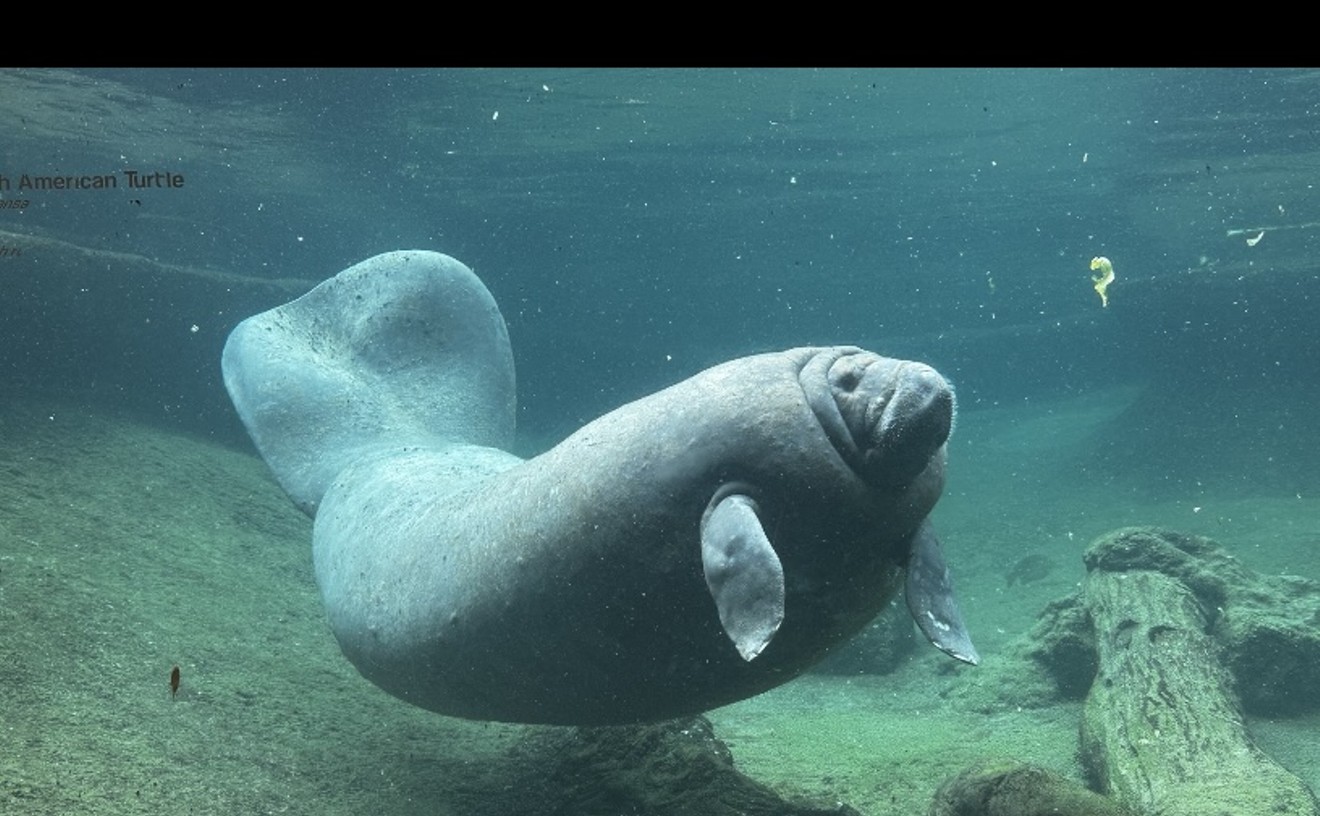The cops obviously didn't care about the working girls — a clear sign of the hypocritically wanton ways of Fidel Castro's Cuba.
Problem is, the picture was a fake. Indeed it was just the kind of manipulated combination of two images that prompted the Los Angeles Times to fire staff photographer Brian Walski in 2003. Walski, you may recall, altered two photos of an American soldier to make them appear as one, more dramatic image. Several papers unknowingly published the combo on their front pages, and Thom McGuire, a Hartford Courant assistant managing editor, said the incident made him "sick to my stomach."
El Nuevo's sin was worse. Its image — on page 27A — appeared with the caption "The government has proven incapable of confronting the dramatic phenomenon of prostitution" and a story about a book on Cuba's working girls by author Amir Valle.
It pushed an anti-Castro agenda in a newspaper advertised by its new owners, McClatchy and Co., as the "most-honored, highest-circulation Spanish-language newspaper in the continental United States."
And, perhaps worse, higherups at El Nuevo overrode the objections of veteran photographer Roberto Koltun, who snapped both pictures several years ago in Cuba (and didn't return a call seeking comment). "Two things were put together," commented photo coordinator Orlando Mellado. "[Koltun] expressed concern about it for that reason and others. He basically didn't want it used."
So why did the newspaper print it?
"That's a decision that was made by another editor," Mellado responded before referring me to Luis Garcia, an El Nuevo artist.
"I remember putting together something for that section," Garcia said when I phoned him. "I'll go get it and call you back." He never called. Three follow-up messages weren't returned. Nor were two messages left with Andrés Reynaldo, who edits the section in which the photo appeared, Séptimo Día (Seventh Day).
I also left multiple messages with Humberto Castelló, the paper's executive editor; and Gloria Leal, the associate editor. They weren't returned either.
"You expect this kind of thing from a Communist newspaper," commented one local photographer. "But from a legitimate news organization, this is unacceptable."











